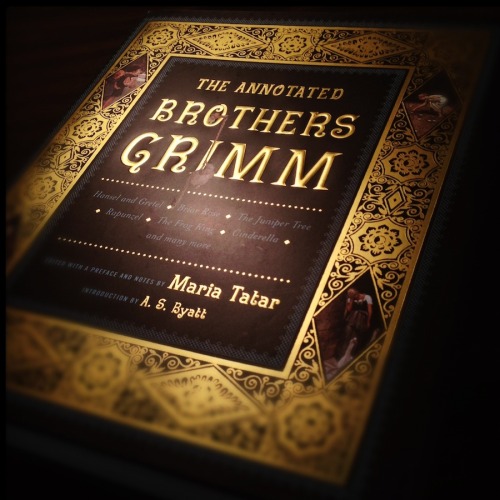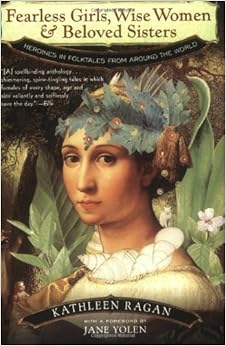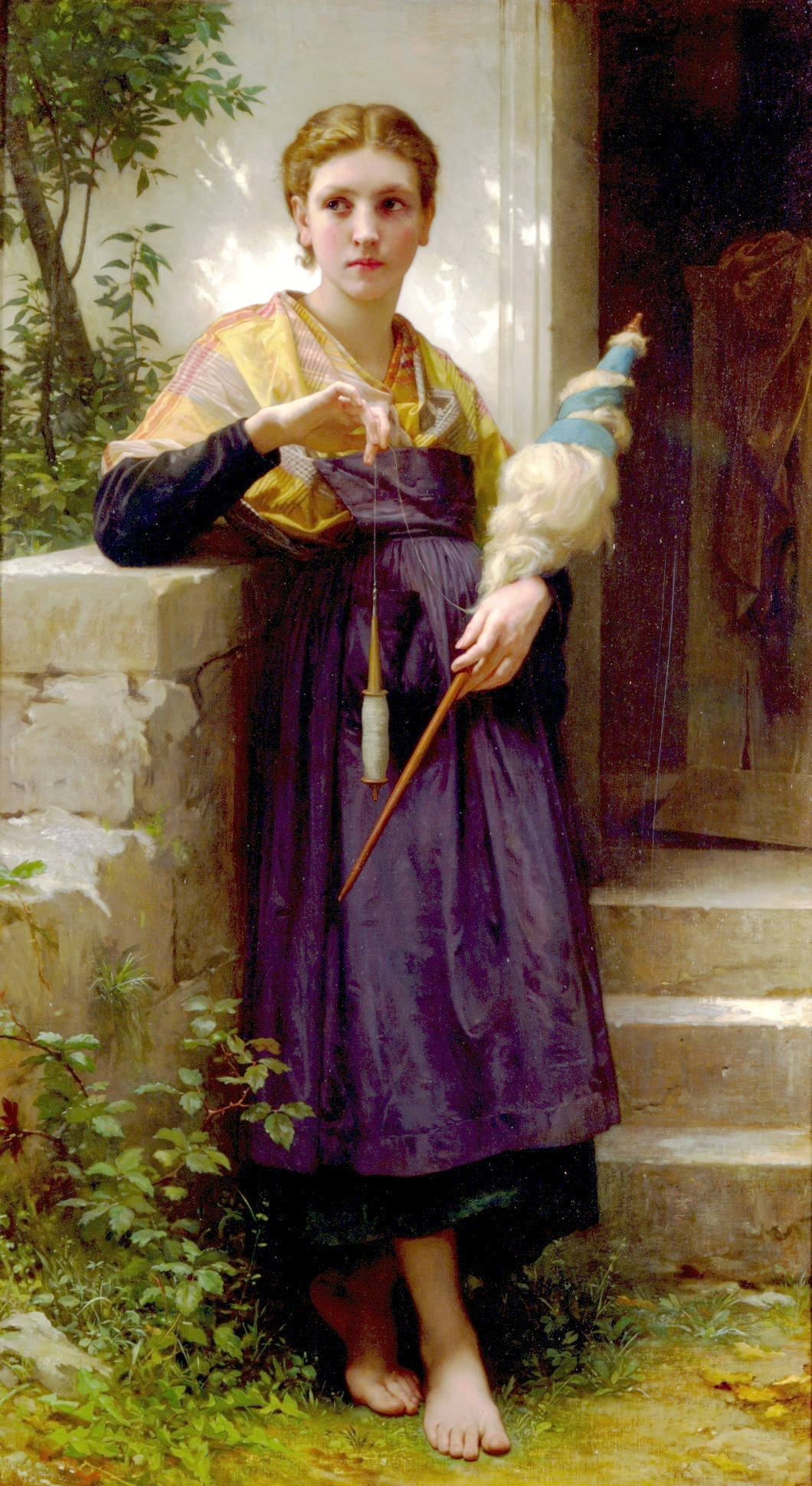Image from here
It's really quite difficult to make accurate generalizations about fairy tales. Although people do it all the time, they're usually using the most well-known collections of folk tales as their source (most often, Grimms' "Household Tales"). Yet the Grimm fairy tales in common knowledge are a collection of fairy tales brought to us by two brothers, which have undergone change after change due to editors, publishers, illustrators, and translators, which served to reinforce and enlarge differences in gender roles, and utilizing the tales as moral lessons for children. Most copies of Grimms' fairy tales is not a complete edition, so the editors have to choose which tales to pull and which illustrations to use (and much has been lost or changed in translation into English as well), and often these collections don't represent the full scope of the collection well. Maria Tatar even states that part of her purpose in creating The Annotated Brothers Grimm was to restore the gender imbalance present in most collections.
Yet there are so many other fairy tales that exist outside the Grimms' and other standard collections. Some tales, such as Cinderella, have hundreds of variants all over the world, while others remain known in only small pockets of the world; yet those tales are a significant part of that culture's history as well as a valid piece of folklore for consideration.
In 1998 Kathleen Ragan helped counter people's incorrect assumptions about fairy tales in general by putting together a collection featuring all strong, female protagonists, Fearless Girls, Wise Women, and Beloved Sisters. It's a great collection. Sometimes you go through a fairy tale book and turn to a tale you don't know and realize it's not really the best story and there's a reason it isn't well-known; yet this book seems to contain all hidden gems (from what I've read, I haven't read it straight through). Ragan also includes helpful notes at the end of each story.
I don't think that girls only identify with female characters; yet I understand people's concern when stories show potentially harmful gender patterns repeated over and over again. This book features women who are witty problem solvers; who bravely go on journeys and rescue people along the way; who turn down marriage proposals from princes and wisely rule countries, who are kind and promote justice among the poor and overlooked. One of my favorites is "How the King Chose a Daughter-in-Law" from Romania, which is sort of like "Princess and the Pea" but with a contrasting message:
*********
Once there was a king whose son was of an age to marry, and he wanted to see him happily settled. But the king wanted "a good, hard-working daughter in law and not some silly featherbrain." So he built a great palace with a thousand rooms and invited all the neighboring kings and princes to bring their daughters and see which one could find her way through the maze.
Pena National Palace, Portugal
Among the crowd was a poor old woman and her daughter, and the daughter watched the royal girls leave without success and thought she might like to try. Her mother scolded her for being so bold, but when the king's son saw how lovely the girl looked he asked her to try.
William-Adolphe Bouguereau
The poor daughter went into the palace and from room to room, finding an engagement ring in one and wedding dress in another. When she came out, she had a token from each of the rooms with her as proof that she had been there. She and the prince were married. The king asked her how she had been able to navigate the labyrinth of rooms: the girl had brought her whole distaff full of thread into the palace, left it at the door, and held the other end of the thread all around the palace. On her way back she wound up the thread again on her spindle so she didn't get lost.
"And from that time on there has been a saying that clever folk can be found in mud huts too, not only in palaces."






I really like that. I'll have to look up this book sometime.
ReplyDeleteI've started reading this book and think it's wonderful, a really great addition to everyone's collection!
ReplyDeleteI completely agree that people seem to automatically turn to the Grimm Brothers when discussing fairy tales. It irritates me how many times they're credited as being the original stories! It's so sad that there's so many wonderful tales that barely get to see the light of day.
ReplyDeleteI'd not heard of this book before, but it sounds intriguing. I'm sure it will end up on my already stuffed shelf sometime! Love this story, too. It's so simple, yet so effective.